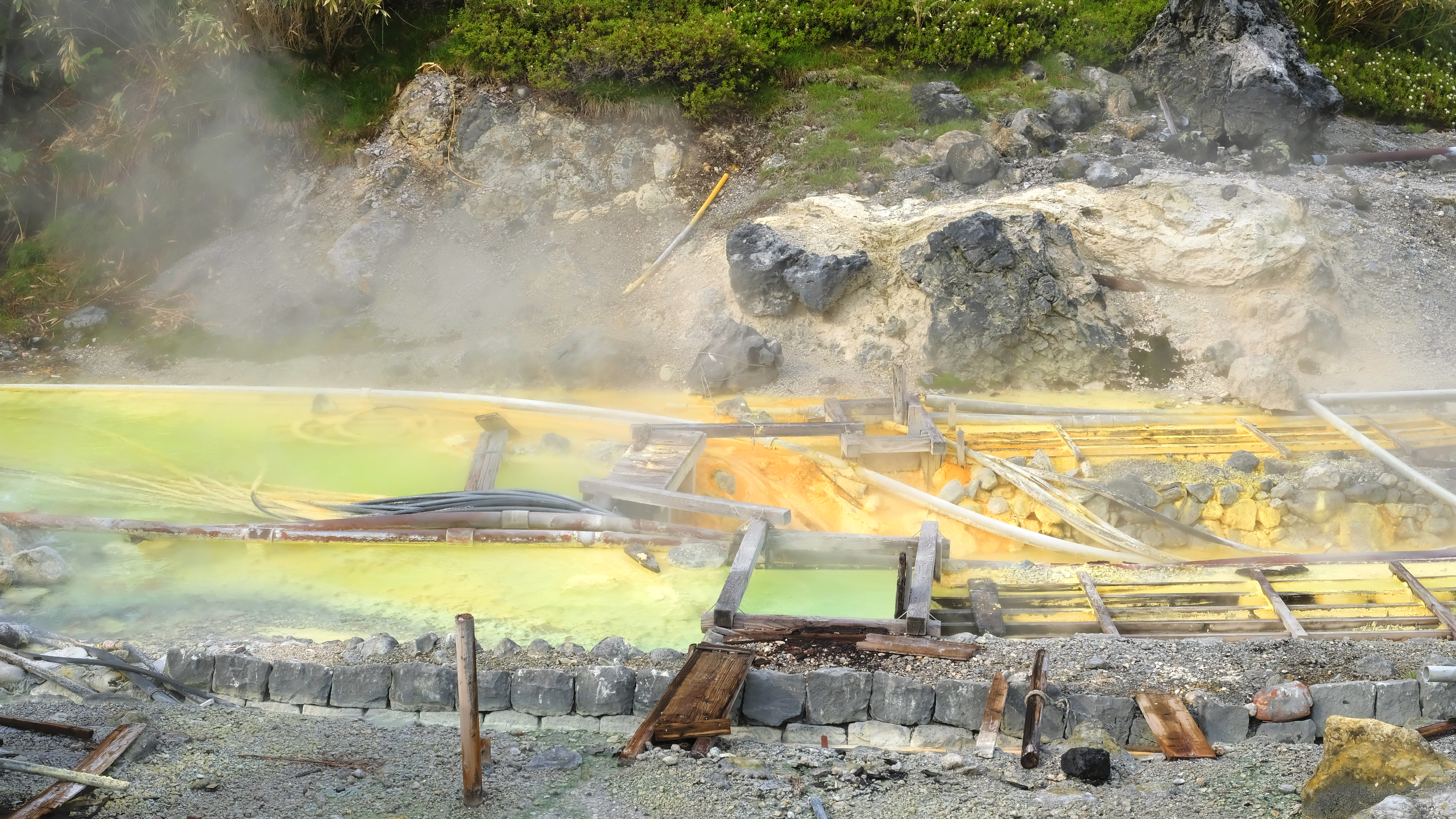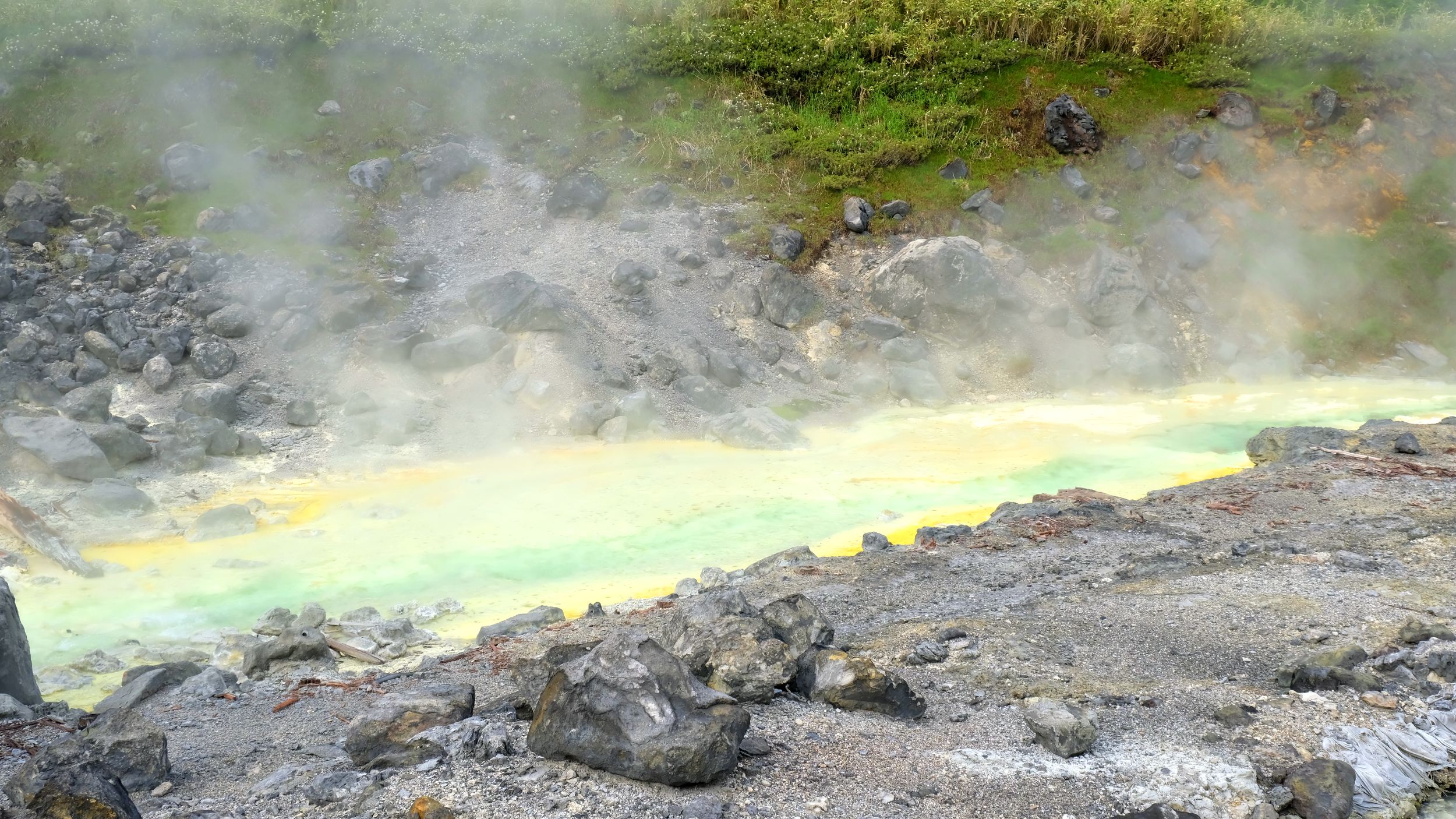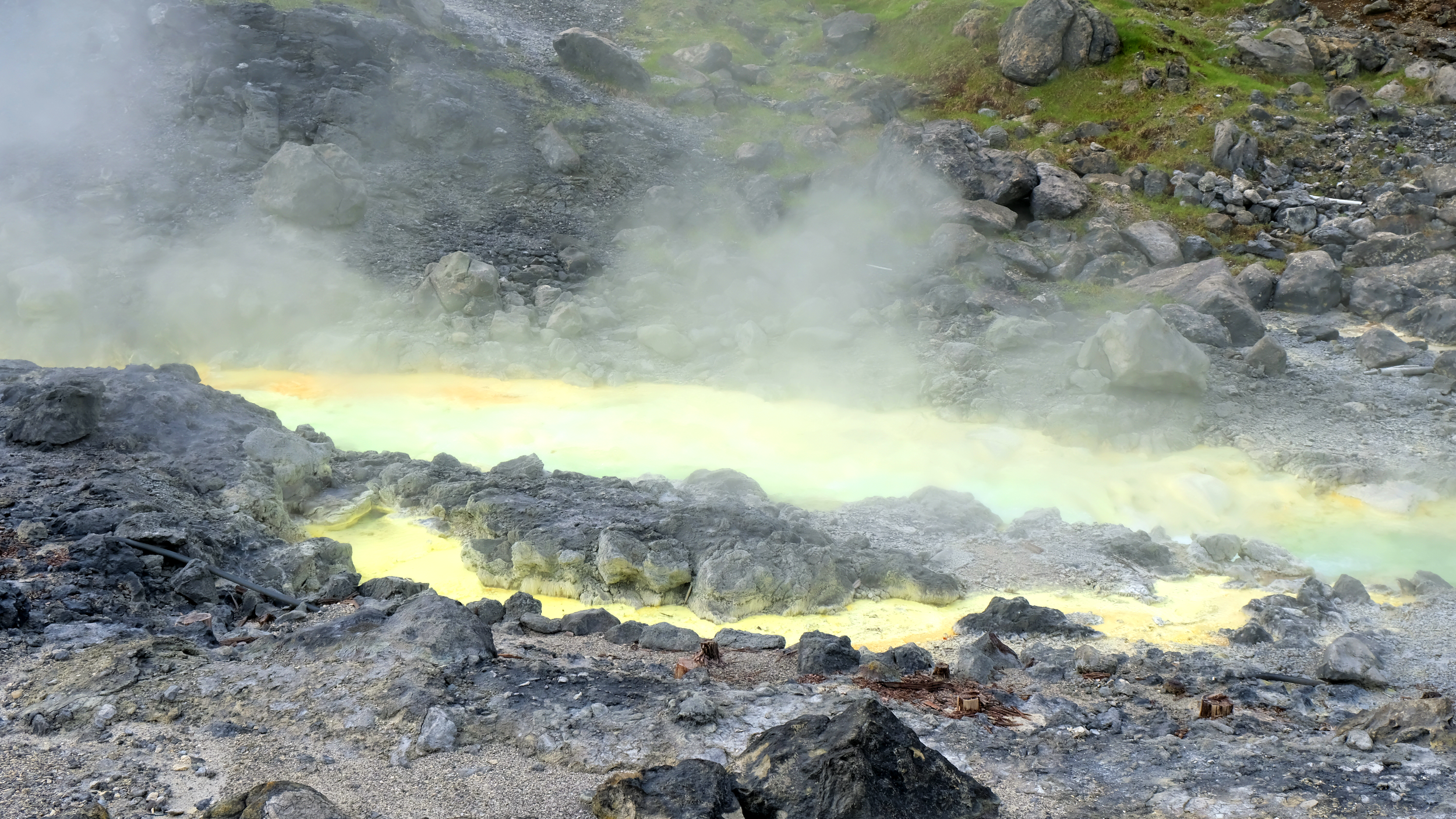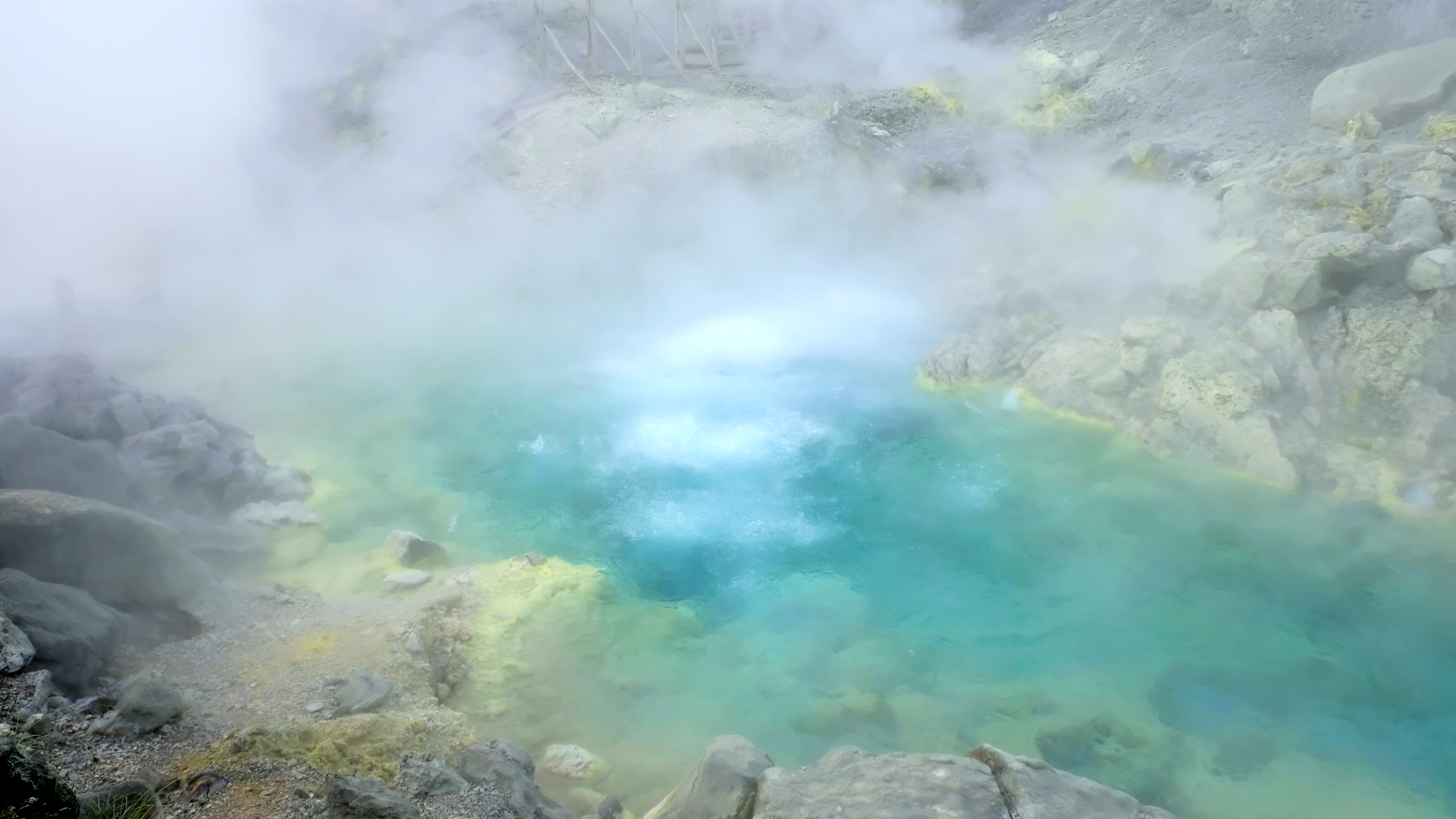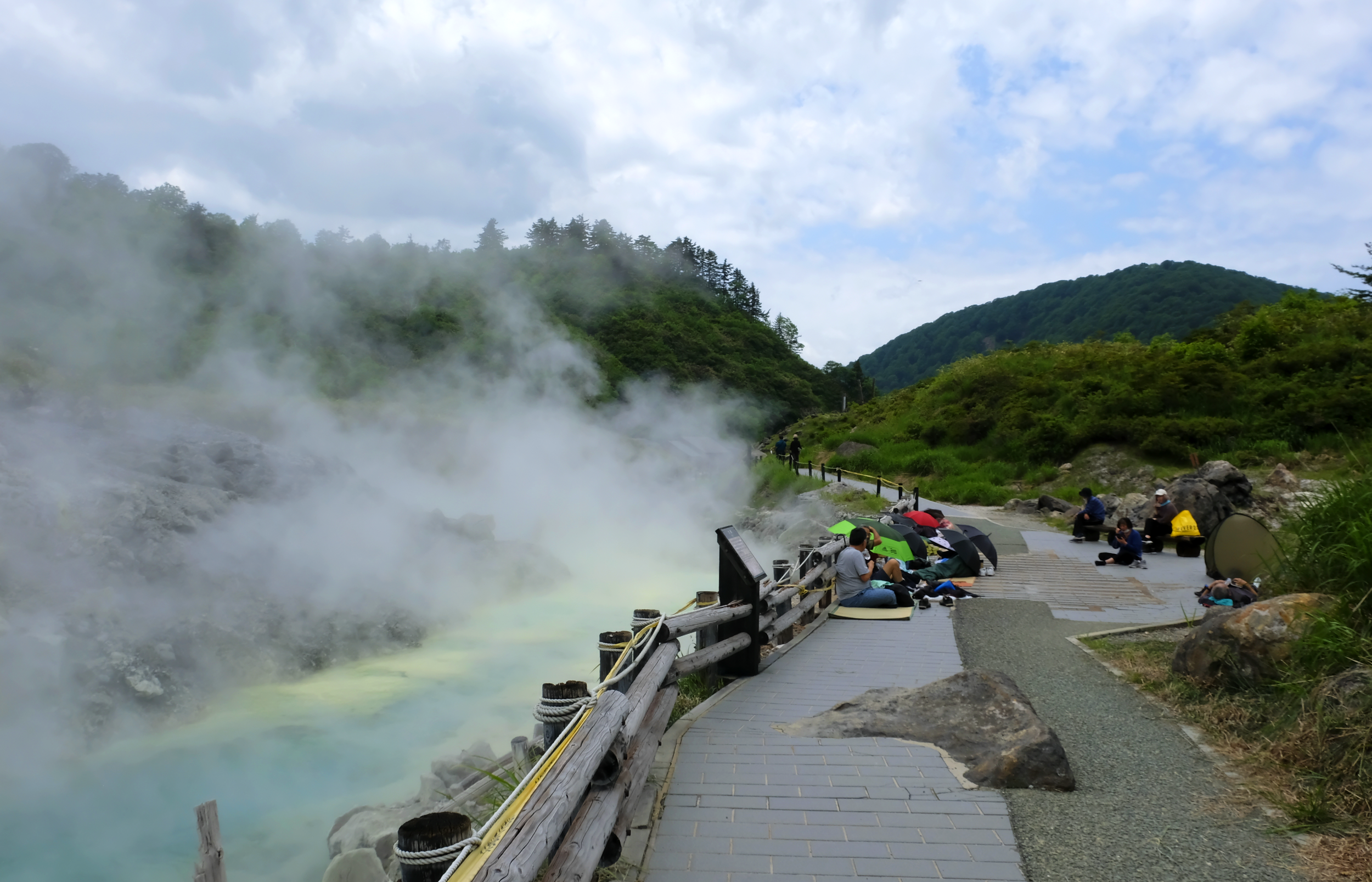When confronted with a terrible illness or disease, there is often a feeling of complete powerlessness that threatens to dissolve and whither away all will power and motivation. Small things become inane and unimportant, large matters become impossible and overbearing. The entire process, the struggle to maintain hope and motivation, will drain you and eat away at your balance and perspective. One of the things I believe you can do, and which can help counter all these negative aspects, is to take small actions into your own hands, decide on things you believe can help, whether its something fun, spending time with friends, or making lifestyle changes. Whatever it is you decide to do, making those decisions reaffirms your grasp on your own life and puts fate back into your own hands. It gives you a small amount of control, a small level of comfort knowing that you are doing what you want and that your life is not at the mercy of some invisible enemy lurking within you. It might not be much, but as each action and thought adds on to the next, it might tip the balance ever so slightly in your favour. This trip is part of our small efforts to keep matters within our own hands and to move forwards in a positive, healing direction.
We took a Shinkansen train from Tokyo all the way north to Akita to visit this hidden and remote Tamagawa Onsen nestled on the side of a mountainous volcano. An hour long bus ride takes you around the amazing scenery and beauty that makes Akita such an amazing prefecture, with its volcanic mountains brushing right up against the northern coast of Japan. As you pull into the Onsen, the very last stop on the bus, you are surrounded by fog and mist, all drifting from the magical waters. The water here, spewing from the most productive Onsen spring in all of Japan, is also the most Acidic, with a pH level of 1.2.
The natural spring water that flows through the area is filled with incredible minerals, leading to this beautiful milky quality that also bleaches the stones
There is a short walking route, with some longer trails branching off onto the mountain side, that curves and winds around the main natural spring and sulfur vents. The result is an incredibly landscape which is both hellish and barren while also being calming and incredibly peaceful. The rushing water, the gas spraying from holes and crevasses all around you, all of it blends together into a landscape that’s rugged beauty is undeniable. The harshness somehow enhances the feeling that this is truly a place with magical healing qualities.
While some visitors arrive only for a day on a local bus tour, most of the people you will encounter here stay for a week or more, making the most of this pilgrimage for healing. Each morning you will see mostly elderly visitors carry their tatami mats and towels out towards one of the coveted areas; some going for the radioactive hokutolite, some resting beside the Onsen spring water spewing over 9,000 liters per minute, and some going to the mountain side to rest and sweat through Gamban’yoku. As you walk from the main Onsen buildings, the scenery unfolds before you in a magical way.
The trail leading from the main Onsen buildings.
As you approach you are buffeted by the mist and steam coming from the Onsen water, a mix between slightly sweet acidic water and the sulfur.
You feel an odd connection and comradery from those walking back from Ganban’yoku, most of whom will often share a warm hello and smile as they pass
The fountainhead itself is always shrouded in incredible amounts of vapor and steam, along with incredibly hot rocks along the path. Many visitors stay here, nestled as close as they can to the edge of the pathway, to breathe in the sulfuric water vapor which is supposed to help heal the lungs. The air is pungent and full of fumes, but with the steam and mist combined, it feels incredibly invigorating and cleansing. Laying on these stones generates a lot of heat and will leave you sweating profusely. Although not as painfully hot as the main areas along the mountain, staying here will leave you dripping sweat before too long, especially if it’s sunny.
Nestled right against the edge of the water, many visitors set up along here to breathe in the incredible steam and vapor, all reported to help with lung and breathing issues
The path that leads you to the main Gamban’yoku area.
The actual experience of the Gamban’yoku is very intense and difficult. There are three covered shelters nestled directly over some of the hotter sulfur vents, providing you a shaded place to sweat for the recommended 50 minutes. You can also lay out in the open, using your hands or a thermometer to measure the heat in various locations amidst the rocks. Depending on the closeness to the vents and the thickness of the stone, the temperature can vary drastically, from cool to the touch to uncomfortably and extremely hot. You are required to bring a traditional mat made from tatami to help protect yourself and also not damage the rocks (plastics and synthetic fibers would most likely melt).
The covered Gamban’yoku shelters
Each shelter holds a maximum of 6 people. They close at 5 pm.
Most practitioners bring several towels or even insulating blankets to keep the heat trapped on their bodies, creating an extremely hot environment where your body desperately tries to sweat to help regulate your temperature. Several of the rock areas become extremely hot to touch, so much so that I found it excruciating to stay in the same position for more than a few minutes. While reading to help spend the time, I would have to shift, move, and alternate feet that were touching and often lift my back off the ground in order to lessen the pain and discomfort. The whole experience is incredibly cathartic and you feel the intensity and pain as something cleansing and therapeutic. Even if I don’t know about the real scientific benefits or physical effects on the body, for sure it provides a mental challenge that tests your resolve and strengthens your belief. You are doing something incredibly intense and hard and that lifts the spirits.
Spaces are marked out by wooden frames to keep the shelter organized
It’s hard to convey the harshness of the experience through photos
The sweat on the tatami mat, even with several small and one large towel layered on top.
Our routine consisted of 2 rounds of intense Gamban’Yoku each day, one in the morning after breakfast followed by a round of onsen bathing before a short tea break and then another round before dinner with another trip to the onsen waters. We tried our best to keep hydrated, drinking a lot of the incredible local natural spring water, but it was a real challenge with how much we were sweating. Each day my clothes were absolutely saturated through the 3 layers of shirts I would wear. Having a simple and consistent routine helped ritualize our time at Tamagawa Onsen.
The baths each day helped cleanse our bodies and spirits and help us feel ready for the next round. What I particularly loved was the natural Onsen baths which held 100% pure water from the source, which was super acidic and tasted something akin to car battery acid. If you had even the smallest cut or scratch it was extremely painful and you are advised to only sit in the hot waters for 3-5 minutes, without submerging your face or head. Something truly special was that you could also refresh yourself with a special mixture of the pure Onsen water, diluted with normal water, straight from the tap. I didn’t quite understand the ratio at first and ended up with a 40% mixture, which had quite a punch, instead of the 5% mixture they recommended. This along with the amazing high ceilings, beautiful old wooden beams, and quiet peaceful nature of the Onsen made visiting the baths a real treat.
Another interesting element was something we discovered after talking to some of the guests who were more seasoned, many having been coming for years or even decades. This was the less obvious area right in front of the small local shrine where radiation detectors signaled much higher levels of hokutolite. According to those here to seriously treat their cancers, there are 1 or 2 rocks in particular that held stronger levels of radiation and were the key to healing. What was really amazing was how communal and supportive everyone was. They would happily take turns sharing the best spots amongst the rocks, encouraging us to get better and offering tips and advice gleamed over their years of coming. It really felt like a tight knit community of cancer survivors and patients and they really helped us feel welcome.
Overall the entire experience was a mixture of otherworldly awe and appreciation for the natural beauty, optimism and hope for the positive health benefits, and quiet struggle and discomfort as you battled to stay within the incredibly hot Gamban’yoku areas. More than anything else, the visit to Tamagawa Onsen made me feel grateful to be able to do something and to be nestled in the heart of such a beautiful area, allowing us to be physically and mentally recharge. Hopefully the positive benefits and health effects will continue long after our visit and we are hoping to come and visit again in the future.
Here are some more final images of the incredible landscape and environment.




